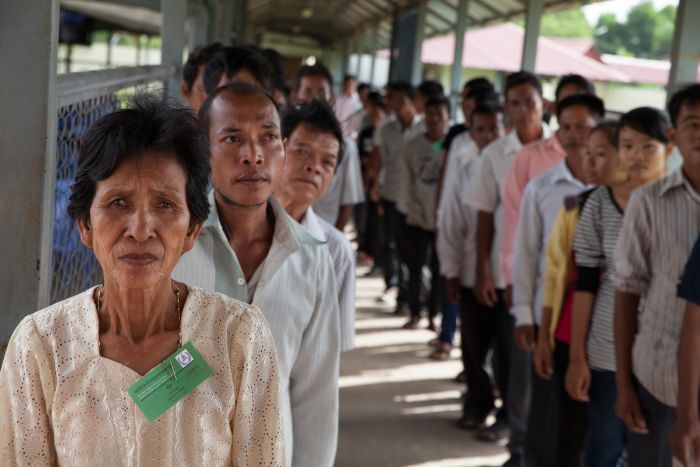Crimes Against Humanity
Crimes against humanity are defined as “any of the following acts when committed as part of a widespread or systematic attack directed against any civilian population.” The acts include murder, extermination, enslavement, deportation, imprisonment, torture, rape (and other gender-based or sex crimes), group-based persecution, enforced disappearance, apartheid, and “other inhumane acts of a similar character intentionally causing great suffering or serious injury to body or to mental or physical health.”
Source: 1998 Article 7, Rome Statute of the International Criminal Court
Ethnic Cleansing
The term ethnic cleansing refers to the forced removal of an ethnic group from a territory. A United Nations Commission of Experts investigating the former Yugoslavia defined it as “rendering an area ethnically homogeneous by using force or intimidation to remove persons of given groups from the area.” Unlike crimes against humanity, genocide, and war crimes, ethnic cleansing is not recognized as a standalone crime under international law. However, the practice of ethnic cleansing may constitute genocide, crimes against humanity, or war crimes.
Source: 1993 letter from the UN Secretary-General to the President of the Security Council
Genocide
Genocide is defined as any of the following acts committed with intent to destroy, in whole or in part, a national, ethnic, racial or religious group.
- Killing members of the group.
- Causing serious bodily or mental harm to members of the group.
- Deliberately inflicting on the group conditions of life calculated to bring about its physical destruction in whole or in part.
- Imposing measures intended to prevent births within the group.
- Forcibly transferring children of the group to another group.
Source: 1948 Article 2, UN Convention on the Prevention and Punishment of the Crime of Genocide
Mass Atrocities
Instances of “large-scale, systematic violence against civilian populations.” Although the term mass atrocities has no formal legal definition, it usually refers to genocide (as defined above), crimes against humanity, war crimes, and ethnic cleansing.
Source: Fundamentals of Genocide and Mass Atrocity Prevention, Scott Straus
Mass Killing
The deliberate actions of armed groups, including but not limited to state security forces, rebel armies, and other militias, that result in the deaths of at least 1,000 noncombatant civilians targeted as part of a specific group over a period of one year or less.
Source: Early Warning Project
War Crimes
War crimes are serious violations of international humanitarian law and occur in the state of armed conflict. The Rome Statute lists numerous acts that may constitute war crimes, including attacks on civilians, forcibly recruiting and using child soldiers, and destruction of educational and religious institutions.
Source: Rule 156, International Committee for the Red Cross




